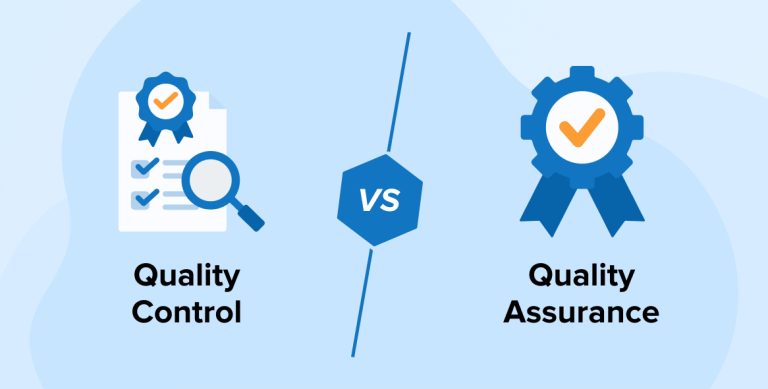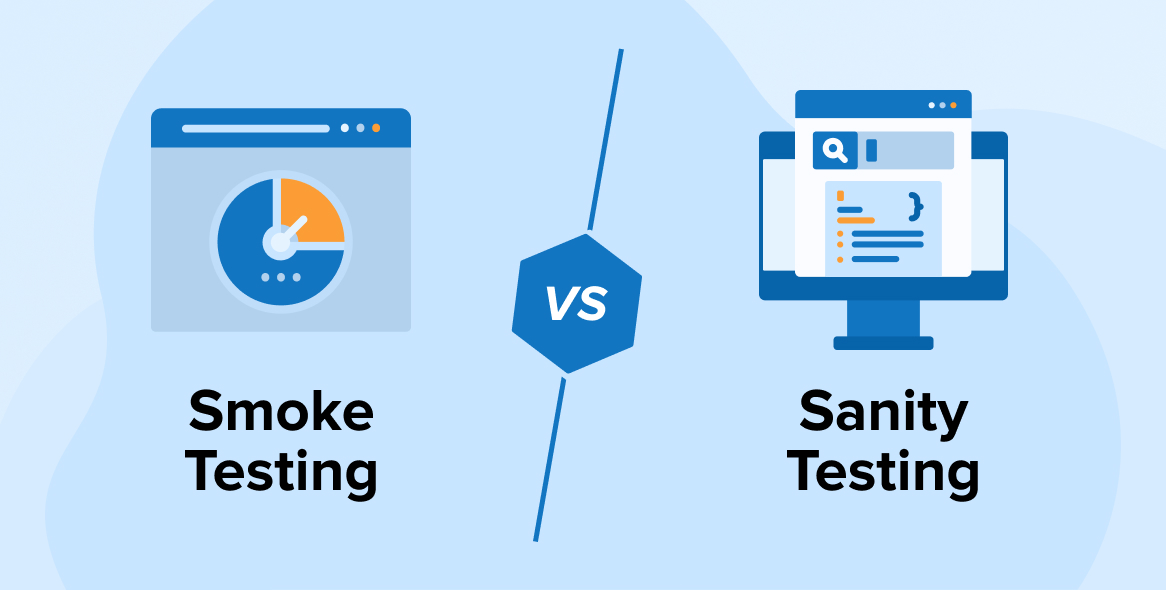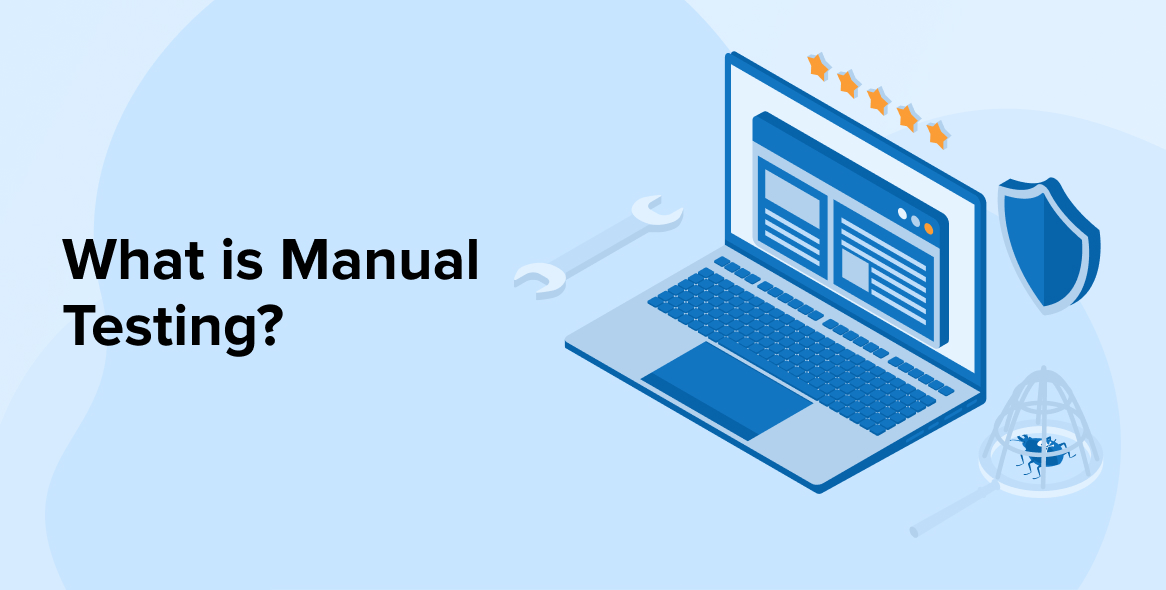
Most of the businesses in the market are now thriving to match the level of quality and accuracy within apps and become the best of breed businesses. These are the two concepts that enable software development companies to keep track of the quality and the requirement of the software. But often for the sake of maintaining quality assurance, they tend to forget how quality control can be done. Yes, both QA and QC are two different things and both are working as Quality management systems. If you ask a Quality Assurance(QA) engineer to state the difference, you would get the actual picture. They just don’t identify errors and rectify them, but they have a huge role in software testing & QA in making the developed application faster and high-performing.
In this blog post, we are going to slow down on each of these aspects- quality assurance and quality control and how are both of these different from each other.
1. What is Quality Assurance?
To understand it briefly, let’s divide the two words- Quality and Assurance. Assurance in terms of Organization means enterprise management that provides assurance that the developed product will perform at its best. Gain trust in advance that the outcome will be favorable. The assurance means promising that the product will meet the customer’s expectations and perform flawlessly.
In a nutshell, quality assurance (QA) encompasses all efforts centered on creating standards and processes for verifying that software fulfilling quality requirements.
2. What is Quality Control?
Quality Control, sometimes known as QC, is a software testing process that ensures the quality of products or services meets the quality management system and method to verify the quality of the product. When statistical tools and techniques are applied to the end of the software product, it’s called Statistical Quality Control. Quality control differs from quality assurance in that it analyzes the quality of the final products rather than the process. Quality Control(QC) is made of activities that are focused on the end result and are product-oriented. The purpose of quality control is to provide confidence to companies wanting to develop an app that fits products as per quality requirements and customer requirements.
Whenever a QC process discovers a fault with the final product, it should preferably be rectified before the end customer receives it. To put it another way, quality control (QC) is the process of ensuring that a product or service fulfills both conventional quality criteria and client needs. There are certain quality control activities that you can take in the software development phase itself. These activities can be pre-defining processes, timely Quality Audits, statistical process control, and similar quality management-focused approaches.
3. Differences Between Quality Assurance (QA) and Quality Control (QC)
Let’s go through the difference between quality assurance and quality control to get a clear idea about these two concepts.
3.1 Process (QA) vs Product (QC)
QA is a process-oriented process that is responsible for preventing quality issues. While on the other hand, QC is a product-oriented process that is responsible to identify the quality issues in the product that can offer customer satisfaction. Besides this, there are many activities that are involved in these processes and they are –
QA Processes:
- Personnel training
- Audits
- Documentation
- Supplier management
- Investigation procedures
- Change control
QC Procedures:
- Laboratory testing
- Product Sampling
- Batch inspection
- Validation testing
- Software testing
3.2 Proactive (QA) vs Reactive (QC)
When the QA is effective, it is proactive and it aims at preventing the issues before they occur. Quality assurance comes with the design of processes like SOPs (documenting standard operating procedures). On the other hand, QC is a reactive process and it aims at identifying the issues in the quality of products after it is developed. Quality control comes with ways of testing products to make sure that they meet proper standards.
3.3 System (QA) vs Parts (QC)
Quality assurance has the power to control systems. It comes with procedures and methods which are utilized to secure quality standards. On the other hand, quality control measures the parts of the project which also includes the outputs of the system.
3.4 Entire Team (QA) vs Dedicated Personnel (QC)
Quality assurance activities that are involved in the process can be carried out by the entire software development team. This means that all the team members are responsible for the product’s quality, documentation, training, and more.
On the other hand, quality control is the responsibility of specific software development personnel. And they are responsible for the quality control and documenting of the project.
3.5 Creation (QA) vs Verification (QC)
QA is responsible for creating high-quality products. And the activities that are involved to do so are defining standards for product manufacture, design, packaging, marketing, distribution, marketing, and more.
While, on the other hand, QC involves verification of the software solution post-manufacture. And before it gets distributed, the safety is confirmed.
4. Quality Assurance vs. Quality Control: The Major Differences-Tabular Form
| Quality Assurance (QA) | Quality Control (QC) |
|---|---|
| Quality assurance is a proactive process where we take measures in advance. | Quality Control is a Reactive process that is performed when flaws are identified. |
| In quality assurance, you examine the plan to see if it was effective in avoiding any potential flaws. | In quality control, you look for flaws in the product and try to fix them while it’s being made. |
| Quality assurance is concerned with defect prevention. | While quality control is concerned with detecting the flaws. |
| Quality assurance ensures that the product deliverable is of greater quality. | QC activities involve validating that we have maintained the quality of the product. |
| When you perform the Quality audit, it is a part of Quality assurance. | In the case of QC, the testing procedures and analysis is the main process. |
| So, if we say quality assurance is a plan, then that plan helps developers to maintain Quality checks at regular intervals. | Quality control is to check if the implementation of the plan is accurate or not. |
| Quality assurance is a process that focuses on prevent defects in any software. | Quality control is a process that focuses on identifying defects in any software. |
| QA enables in management of the software’s quality. | QC helps in verifying the software’s quality. |
| QA is the responsibility of the entire software development team. | Only the testing team is responsible for QC. |
| QA involves test planning and execution. | QC includes creating and maintaining test reports. |
| Quality assurance is a proactive measure. | Quality control is a reactive measure. |
| QA is to create the deliverables. | QC is to verify all the deliverables. |
| QA makes sure that the developers are doing the right things. | QC makes sure that the end result is acceptable. |
5. Advantages of Quality Assurance and Quality Control
As a part of the quality management system, you must ensure and get all the benefits of maintaining quality assurance (QA) within your company. Though, you also have an option of outsourcing QA through third-party companies. The following are some of the advantages of maintaining QA within your business. An assurance quality control system helps you to continually meet your product or services in a more streamlined and effective manner.
- You can have improved process controls
- Regulatory audits go more smoothly.
- An internal system of checks and balances to ensure product quality.
- Collaborative and improved product-oriented culture.
- Employee and management training should be improved.
- Employee involvement can be improved.
6. Final Words
With this, we have come to the end of comparing the most debated topic- the difference between Quality assurance and Quality control. In this blog, we have seen how essential both these activities are for the software development life cycle. When we have both QA and QC methodologies in place we can ensure that the product is developed as per customer requirements and with full-fledged QA testing and analysis. The QA aims to get results from continually met QA processes and standards. It prevents all the defects and provides assurances that whatever is developed is of high-quality, high-performance, and secure for customers.






This blog is like an eyeopener and tells how vital it is to consider Quality Analysis for a business.For a layman, both QA and QC in software testing is a same thing but the article has represented the actual difference between the QA and QC. It is helpful for any business in reviewing their product with their software manufacturer.From the article, my take-downs are that the QA testing aims to prevent defect and QC testing aims to identify and fix defects.